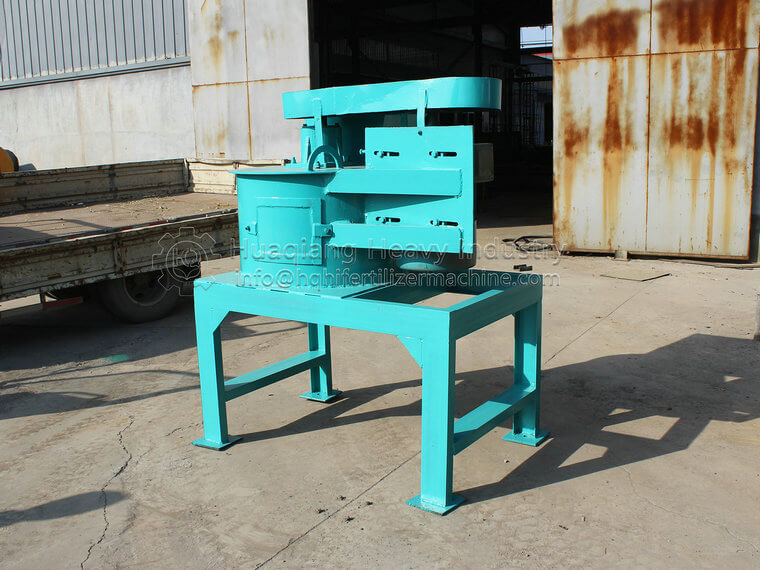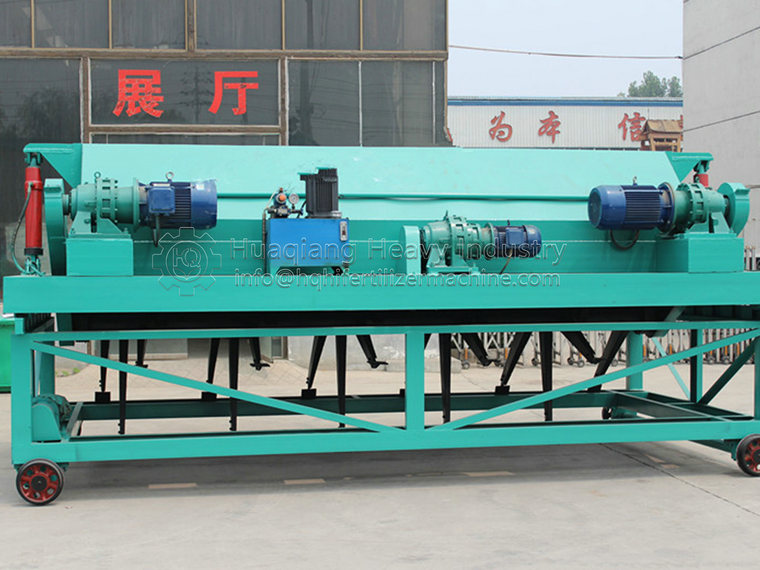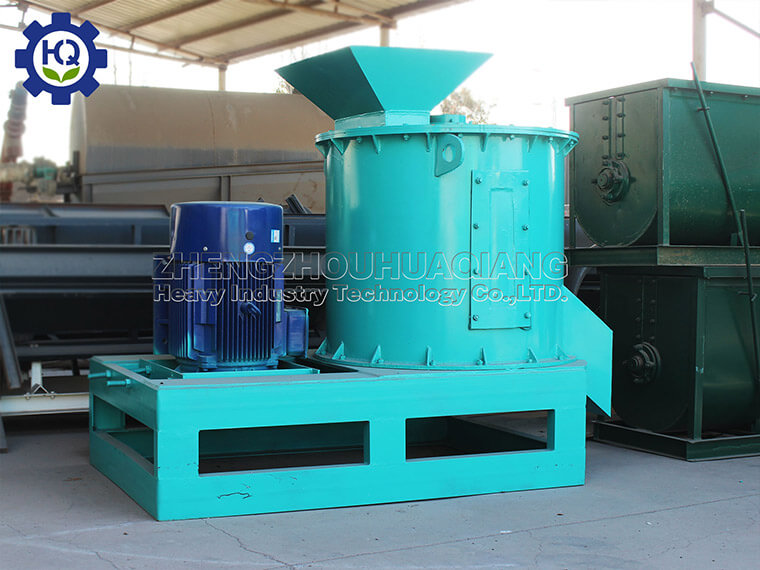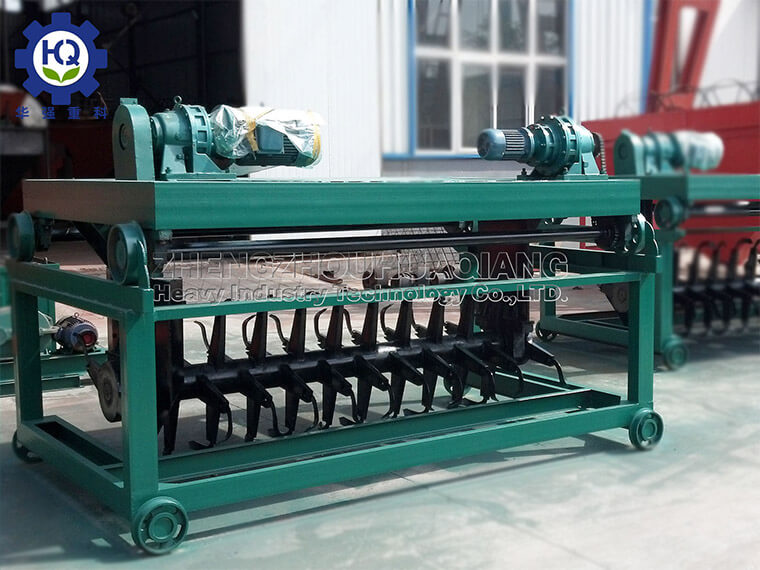Organic fertilizer crusher is the engine that drives the innovative development of fertilizer production lines
In the wave of continuous pursuit of innovative development in the fertilizer industry, organic fertilizer crushers, as an important component of fertilizer production lines, are playing an engine like driving role, helping the industry reach new heights.
With the deepening of the concept of green development in agriculture, the demand for environmentally friendly and efficient fertilizers is increasing day by day. The organic fertilizer crusher provides strong support for the research and production of new fertilizers. For example, in the production of bio organic fertilizers, it is necessary to thoroughly mix raw materials containing specific functional microorganisms with other organic materials. The organic fertilizer pulverizer can accurately control the pulverization particle size, ensuring that microorganisms are not excessively damaged during the pulverization process, while uniformly mixing the raw materials with the microbial carrier. This helps to develop bio organic fertilizers with unique functions, such as nitrogen fixation, phosphorus solubilization, and potassium solubilization, to meet the needs of modern agriculture for soil improvement and sustainable development.
In the innovative production of organic-inorganic compound fertilizers, the organic fertilizer crusher also plays an indispensable role. It can finely grind organic raw materials and inorganic fertilizer raw materials, allowing them to fully contact and blend at the microscopic level. By adjusting the crushing parameters and mixing process, it is possible to produce compound fertilizer products with more comprehensive nutrition and more accurate proportioning. This innovative fertilizer not only has the long-term effect of organic fertilizer and the function of improving soil, but also has the quick acting effect of inorganic fertilizer, providing a more scientific nutrient supply solution for crops.
In addition, with the development of intelligent technology, organic fertilizer crushers are constantly upgrading and innovating. The intelligent crusher is equipped with advanced sensors and control systems, which can monitor various parameters during the crushing process in real time, such as temperature, pressure, material flow rate, etc. Based on these data, the control system can automatically adjust the operating parameters of the crushing equipment to ensure consistency and stability of the crushing effect. At the same time, remote monitoring and fault diagnosis functions also make equipment management and maintenance more convenient, improving the level of intelligent production.
Moreover, the innovative design of the organic fertilizer crusher is also reflected in energy conservation and environmental protection. The new type of crusher adopts efficient motors and optimized crushing structure, which reduces energy consumption while reducing noise and dust emissions. This not only meets environmental requirements, but also reduces the production costs of enterprises. This energy-saving and environmentally friendly feature has enabled fertilizer production lines to take solid steps on the path of sustainable development.
In summary, the organic fertilizer crusher has become a powerful engine for the innovative development of fertilizer production lines by supporting the research and development of new fertilizers, promoting production process innovation, introducing intelligent technology, and achieving energy conservation and environmental protection. It leads the fertilizer industry towards a more efficient, environmentally friendly, and intelligent direction.








